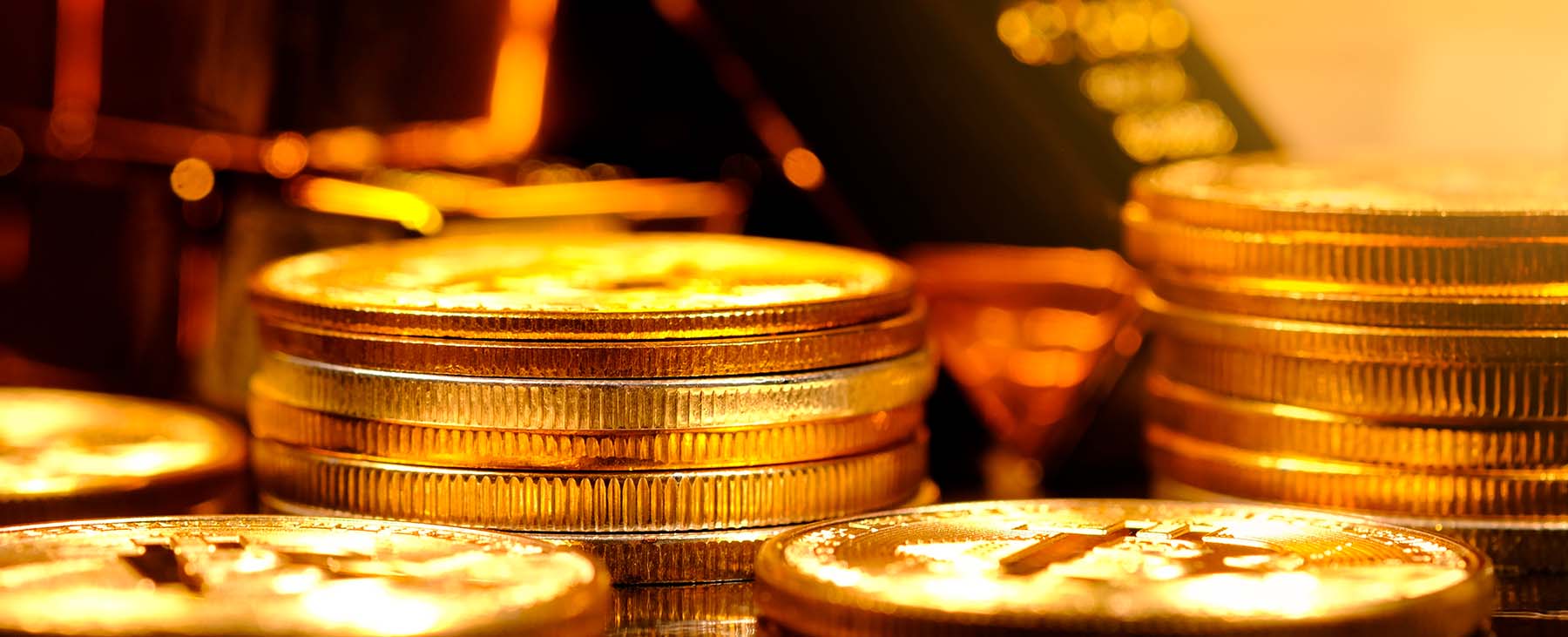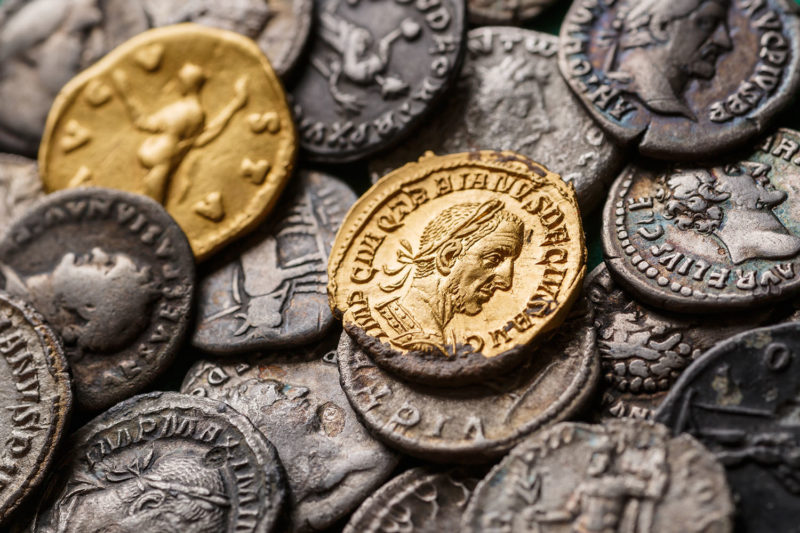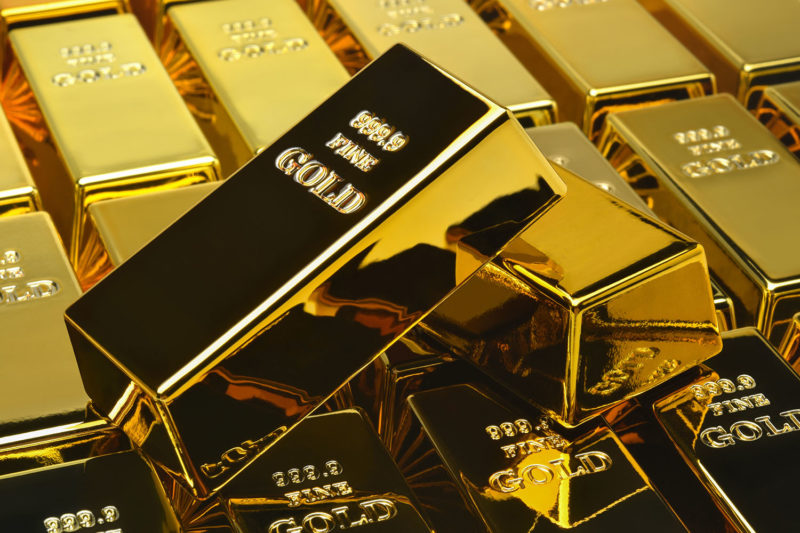

Gold’s rise, immune to central banks
Despite central banks’ manoeuvres to prevent gold prices from soaring, recent history shows that their ability to contain prices is limited in time. In a crisis context, gold is a highly appreciated asset for investors. That is why its value more than quadrupled between mid-2005 and mid-2011.
It is well known that soaring gold prices are not in the interest of central banks. It is just another competitor on the financial markets as a safe-haven asset against their currencies in times of crisis. Moreover, a sharp rise in the price of this precious metal could destabilise the traditional financial system, which speculates on the futures market with paper gold. This is why central banks have, on more than one occasion, manoeuvred to control the evolution of its price.
One example is what happened between the end of the 1990s and the end of the first decade of this century, when central banks sold a significant part of their reserves to limit price rises. A study published in ‘International Business Research’ indicates that between 1998 and 2008, central banks’ gold reserves fell from more than 30,000 tonnes to around 26,500 tonnes.
A first-hand witness
As reported in the book ‘The big reset: gold wars and the financial endgame’, in a private conversation in September 1999, the Governor of the Bank of England, Eddie George, acknowledged the manoeuvres to control the price of the precious metal because they were facing “the abyss, if the gold price rose further”, so “at any cost, central banks had to quell the gold price”. And he acknowledged that “the US Fed was very active in keeping the gold price down, so was the UK”.
Even so, central banks’ manoeuvres could only moderate the rise of gold prices for a limited time. From mid-2005 onwards, the price rise became more acute. In six years, its value more than quadrupled from just over 400 dollars an ounce to over 1,800 dollars in August 2011.
In that time, central banks had given up their sell strategy and were again accumulating gold reserves. Added to this, the 2007 crisis encouraged many investors to buy gold to safeguard their savings.
Can history repeat itself?
Some analysts see parallels between then and now. In the first half of 2022, the price of gold has risen by 8%, while the stock market has fallen by 14% and bonds by 10%, according to Bloomberg.
This appreciation of gold has occurred despite the fact that some central banks are injecting part of their gold reserves into the market to contain the price. For example, the Bank of England has sold more than 4% of its reserves in just six months, between December 2021 and June 2022.
However, as already demonstrated in the first decade of this century, the selling strategy is not sustainable for long. It is possible that rising interest rates on sovereign debt will partly contain the rise in gold prices, as some investors may turn to these assets because of their higher yields. But in the medium to long term, the price of gold is likely to soar again, especially if the crisis deepens.
The attractiveness of physical gold
In fact, the strategy of dedicating 10-20% of the portfolio to the gold market is becoming more and more widespread among large investors. A priori, it is a good formula to diversify assets and protect against inflation, with high revaluation expectations in the coming months.
As the newspaper ‘Business Standard’ points out, the forecast made in January by Goldman Sachs for this year contemplates a 25% increase in the price of gold. Moreover, more and more experts are predicting a bullish mega-cycle for commodities in general.
In any case, Jordi Sánchez, product owner at 11Onze, stresses the importance of acquiring physical gold “because of the risk of manipulation that exists with paper gold”. The fact that the derivatives market allows sales that are not backed by physical gold can lead to “high-risk situations”.
If you want to discover the best option to protect your savings, enter Preciosos 11Onze. We will help you buy at the best price the safe-haven asset par excellence: physical gold.
Leave a Reply
You must be logged in to post a comment.





Gràcies Albert!
Gràcies Albert per la informació sobre el mercat de l’or, interessant i necessària, i per l’explicació del que és i ha estat la situació política i social a la RDC.
No es mereixen, Mercè! Aquest és el nostre propòsit: aprendre i compartir el coneixement, a fi i efecte que tota la comunitat ens empoderem per tal de prendre les millors decisions sobre els nostres diners.
Com pot afectar al preu de l’or, la troballa d’or en la República democràtica del Congo, aquest mes de febrer?
L’RDC ha viscut immersa en una situació de despotisme, absència i desintegració de l’Estat i explotació dels seus recursos naturals des de fa dècades. El conflicte armat que pateix la RDC en l’actualitat ha causat més de cinc milions de víctimes mortals des de 1998 i hi ha implicats molts actors diversos, senyors de la guerra i països veïns, a més de grans potències. No serà fàcil, doncs, que aquest or arribi als mercats internacionals en condicions ètiques i de respecte dels drets humans, com s’exigeix a tots els agents del mercat central de Londres, https://www.lbma.org.uk/, que és el referent mundial en metalls preciosos i que certifica la legitimitat de tota la cadena de subministrament.
L’or sempre serà un valor de refugi i una molt valuosa matèria primera, el seu preu, com sempre, oscil·larà pujant i baixant, com les divises o les accions, però el que has de mirar és la seva valoració en el temps, i en aquest aspecte és inqüestionable el seu valor intrínsec, ja que en aquests últims 20 anys ha pujat més d’un 400%. Hi ha cap altre “producte” que hagi pujat tant? Doncs crec que no, ni els immobles. Moltes gràcies pel teu comentari, Manel!!!